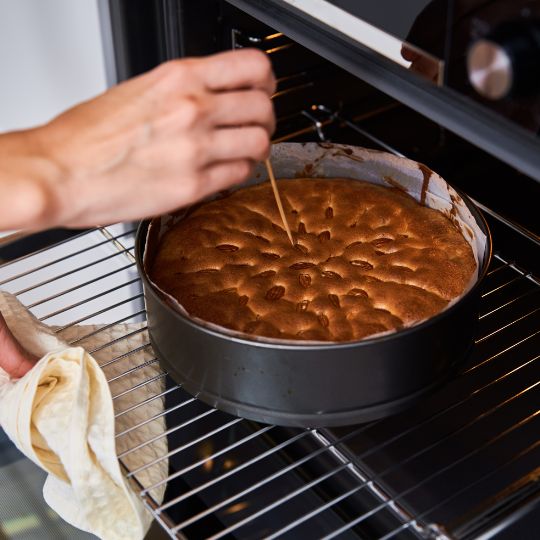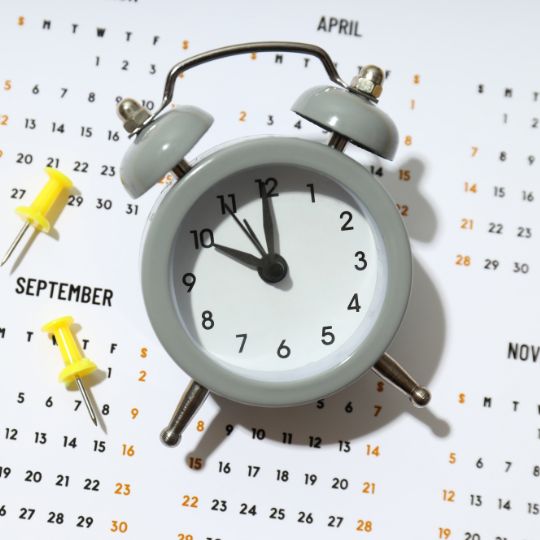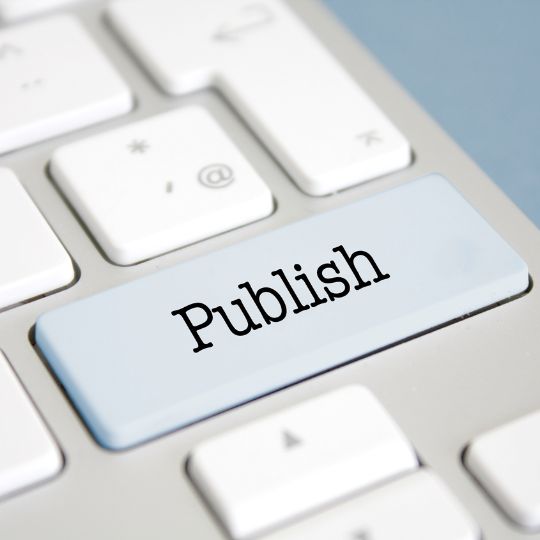Crafting a Bestselling Humorous Book: A Comprehensive Guide for Aspiring Authors
This is a summary article that broadly covers a complex topic – for more specific advice, please ask inside the Colony.
Humor is a universal language that has the power to captivate readers, evoke laughter, and create a lasting impact on the reader’s outlook. Writing a humorous book requires a unique blend of wit, creativity, and a keen understanding of timing: knowing precisely when to add that line that will absolutely delight the reader. While humorous writing obviously has elements that are unique to humor, it still needs to attract a market. Here is a handful of effective strategies to help bring your comedic masterpiece to the world.
- Celebrate Your Unique Voice: One of the key ingredients of any successful book is an authentic and distinctive voice. Most writers find their unique voice by experimenting with different writing styles, tones, and perspectives. If you find your voice lies in the area of humor, work with it! Take inspiration from contemporary bestselling authors such as David Sedaris, Tina Fey, or Mindy Kaling, who have developed instantly recognizable comedic voices. Your voice represents you, so incorporate your personal experiences and observations into your writing to inspire and uplift your readers.
- Develop Engaging Characters: Memorable characters bring a humorous book to life. That’s because either we know someone who behaves like the character, or the character reminds us of ourselves! Readers want to relate to and become emotionally invested in your characters, so the characters you devise should have distinct personalities, quirks, and quite a few flaws. These provide opportunities for comedic situations and side-splitting interactions. Observe how authors like Terry Pratchett or Douglas Adams skillfully infuse their characters with humor. Notice how real-life characters you meet or work with might use understatement or exaggeration to turn a bland situation into a funny one.
- Master the Art of Timing and Delivery: Comedy relies heavily on timing and delivery. Timing is the ‘when’ of a humorous line of writing. It uses the ideas of rhythm, beat or waiting to create tension, ensuring the reader receives the line precisely when it will make them enjoy it the most. Study the works of humorists like P.G. Wodehouse or Helen Fielding to gain insights into the art of comedic timing. Delivery is the tone used to convey the line. You can experiment with comedic delivery techniques such as wordplay, irony, puns or sarcasm. A character might even slip into absurdity to maximize the impact of delivery and timing combined.
- Craft Humorous Situations: Humor is a way of seeing an event or situation. Whether it is unexpected or very commonplace, you can choose how you relate to it. You can create scenarios that are rich in comedic potential simply by inserting misunderstandings, absurd juxtapositions, or satirical observations into day-to-day situations. Successful authors like David Walliams or Nora Ephron excel at this craft, transforming ordinary situations into funny scenarios that keep readers turning pages.
- Use Dialogue to Enhance Comedy: Dialogue that includes banter, clever comebacks, and brisk conversations riddled with misunderstandings is gold-dust to humorous writing. Some real-life people are naturally good at this type of dialogue; you might want to study their methods! The key is to develop dialogue that closely reflects the personality of each of your characters. One might be sharp and witty, one slow to catch on and another a master of understatement. There is no ‘one size fits all’ style of humorous dialogue. Observe the works of contemporary authors like Kevin Kwan or Maria Semple, who skillfully use dialogue to fire up the humor in their stories.
- Edit, Edit, Edit: Many renowned authors, including Terry Pratchett, have credited their editors for helping them shape their humor to perfection. Read this article to remind yourself of all that editors do. Whereas you might polish your manuscript, an editor will refine it. Both of you aim for perfection through the editing process. You might need to eliminate unnecessary passages and reduce your use of descriptors – whatever it takes to maintain a consistent comedic uplift. Seek feedback from beta readers and don’t forget to read your work aloud.
- Research and Study the Market: Humor has its fashions and fads. What was funny in Charlie Chaplin’s time, might not raise a chuckle today. You must be certain that you know where the current ‘funny bone’ is. Research current market trends and make sure you understand readers’ preferences. What are they laughing at? Then, analyze successful humorous books in your genre and identify which publishing houses have published similar works. Tailor your submission materials to match the expectations of these publishers and showcase your unique voice on every page.
- Develop a Strong Book Proposal: A well-crafted book proposal is essential if you hope to catch the attention of publishers. Include a compelling synopsis, an engaging author bio, a market analysis that highlights the target audience, and a competitive analysis that showcases how your book stands out from the rest. This fantastic seminar will walk you through the entire process. You might also draw inspiration from successful humorous book proposals, such as those by David Sedaris or Jenny Lawson, to help you craft a winning proposal.
- Find a Literary Agent: You might consider seeking representation. Agents have it all: invaluable industry knowledge, more connections than a circuit board, and loads of experience negotiating book deals. Research agents who have worked with authors in your genre and are familiar with the humor genre, too. As ever, submit query letters that demonstrate your unique voice and market potential.
- Submitting to Publishers: Once you have a polished manuscript and a compelling book proposal, seek out publishers and even specific editors that align with your book’s genre and comedic style. Follow their submission guidelines meticulously and personalize your query letters to demonstrate your understanding of their publishing catalog. Highlight any relevant writing accolades, platforms or digital following as evidence for the potential market for your book.
Writing a humorous book requires talent, dedication, and a deep understanding of comedic storytelling. You need to embrace your unique voice, craft engaging characters, master timing and delivery, and study the works of contemporary bestselling authors. With thorough research, a strong book proposal, and perhaps the assistance of a literary agent, you increase the likelihood of finding a publisher who recognizes your comedic genius and will help bring your book to a wider audience.
References:
- Sedaris, D. (2000). Me Talk Pretty One Day. Little, Brown and Company.
- Fey, T. (2011). Bossypants. Reagan Arthur Books.
- Kaling, M. (2011). Is Everyone Hanging Out Without Me? (And Other Concerns). Crown Archetype.
- Pratchett, T. (1983). The Colour of Magic. Corgi.
- Adams, D. (1979). The Hitchhiker’s Guide to the Galaxy. Pan Books.
- Wodehouse, P. G. (2013). Right Ho, Jeeves. Arrow.
- Fielding, H. (1996). Bridget Jones’s Diary. Picador.
- Kwan, K. (2013). Crazy Rich Asians. Doubleday.
- Semple, M. (2012). Where’d You Go, Bernadette. Little, Brown and Company.
- Lawson, J. (2012). Let’s Pretend This Never Happened. Berkley.
This is a broad overview of a dynamic topic: for specific help and encouragement at every stage of your writing life, join the Colony!





